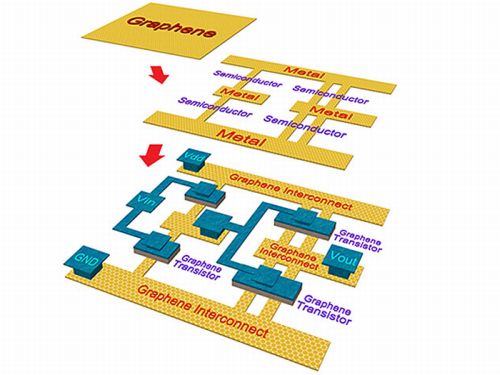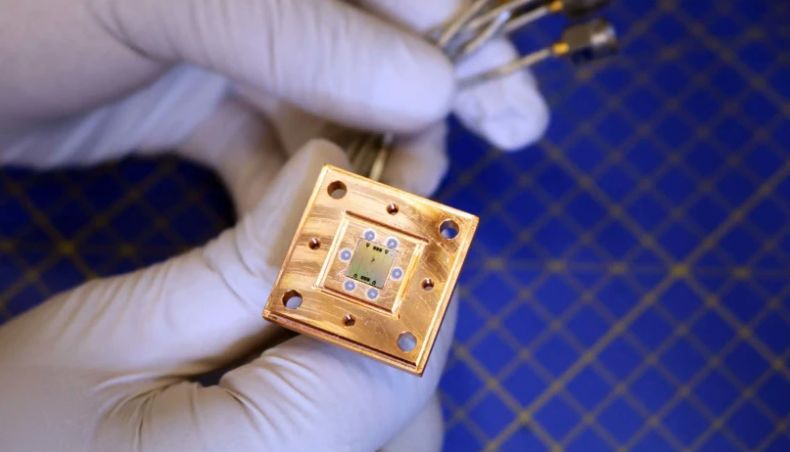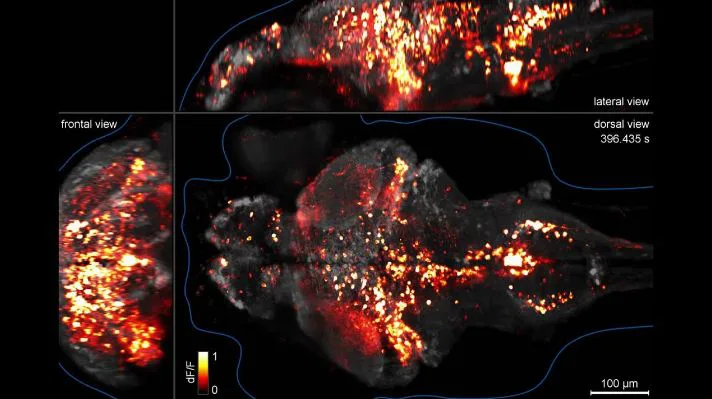Researchers at the International Technology Roadmap for Semiconductors (ITRS) envision that copper-based relay points in silicon chips would very soon become obsolete. All types of interconnections employed in integrated circuits (ICs) will also cover this redundancy. Graphene, as per scientists, will be the next frontier in computing.
Traditional silicon-based transistors and metal interconnects were using materials, which were bulky in the sense that it was affecting the feature-sizes and contact resistance problem. So in order to address this issue, researchers in electrical and computer engineering at the University of California, Santa Barbara have brought about a mock-up of an integrated circuit design scheme in which transistors and interconnects are arranged seamlessly on a grapheme sheet, a 2-dimensional plane of carbon atoms.
The design scheme seems to be a promising nanoscale technology offering ultra energy-efficient, flexible, and transparent electronics.
Philip Kim, professor of physics at Columbia University, and a renowned scientist in the graphene world says,
This work has demonstrated a solution for the serious contact resistance problem encounterd in conventional semiconductor technology by providing an innovative idea of using an all-graphene device-interconnect scheme. This will significantly simplify the IC fabrication process of graphene based nanoelectronic devices.
It’s not just University of California alone but IBM too has recognized Graphene’s potential. It took the researchers one year in understanding and gaining insights to bond graphene to the other metallic elements of the circuit and efficient execution of lithography onto a semiconductor wafer.
According to Wikipedia, high-quality graphene is very strong, light, nearly transparent, and an excellent conductor of heat and electricity. Its interaction with other materials and with light, and its inherently two-dimensional nature, produces unique properties.
It’s low resistivity and extremely thin nature is making grapheme a rising star in chemical and biochemical sensing applications especially where electric signals are concerned. Its electronic transfer speed is unprecedented however, its response to low light intensities is still a drawback but the researchers are hopeful in tackling this problem.




